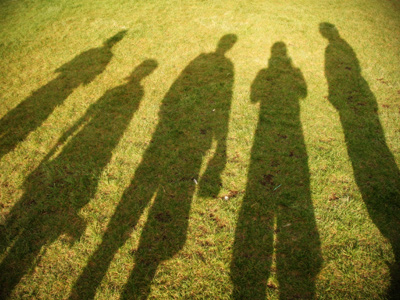
Shadows and Reflections
This Science quiz is called 'Shadows and Reflections' and it has been written by teachers to help you if you are studying the subject at elementary school. Playing educational quizzes is an enjoyable way to learn if you are in the 3rd, 4th or 5th grade - aged 8 to 11.
It costs only $12.50 per month to play this quiz and over 3,500 others that help you with your school work. You can subscribe on the page at Join Us
Shadows and reflections are the effects of light. Shadows are formed when objects block a source of light. Night is caused by the Earth blocking the light from the Sun - on the half of the Earth in shadow it is night time. Even at night time you can usually see some light - maybe from streetlamps, the moon, the stars or the headlamps of passing cars. Have you ever been anywhere so dark that you couldn't see your hand in front of your face? Reflections are caused by light bouncing off objects. Smooth things usually make better reflectors than rough ones. Mirrors are very smooth and they are the best reflectors.
Ready for more?
not all...
quizzers. Try to win a coveted spot on our Hall of Fame Page.







